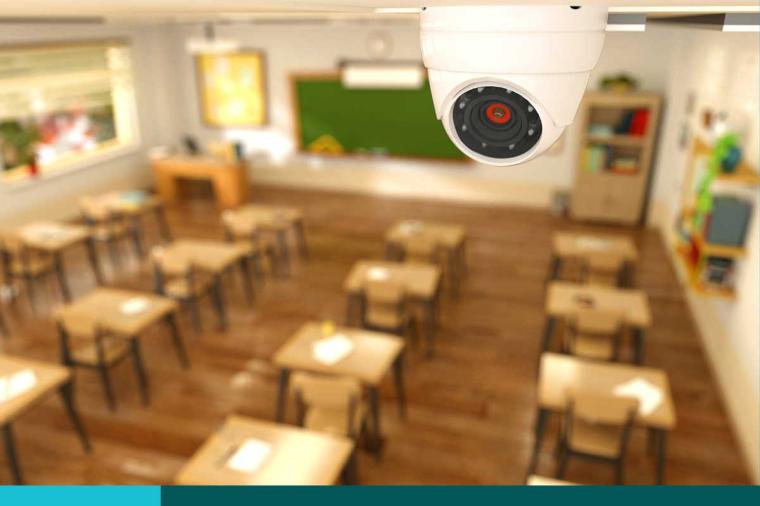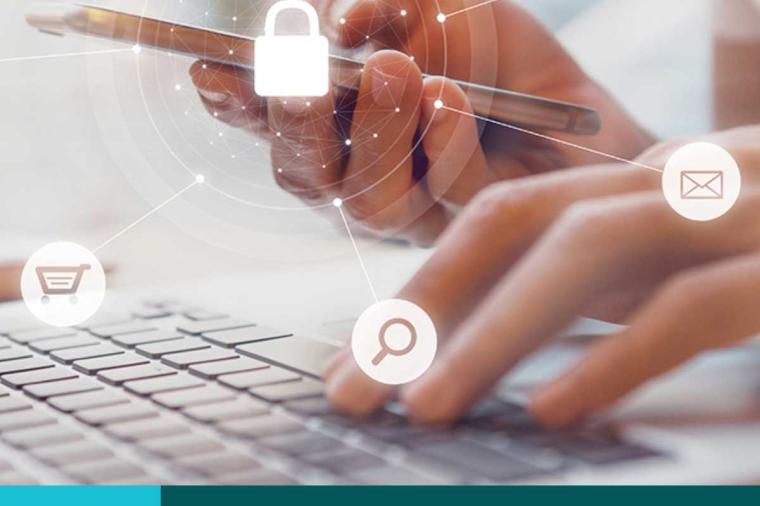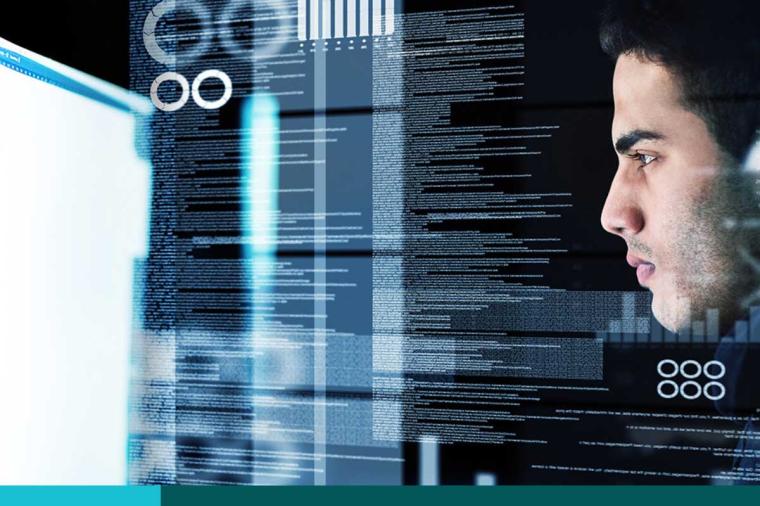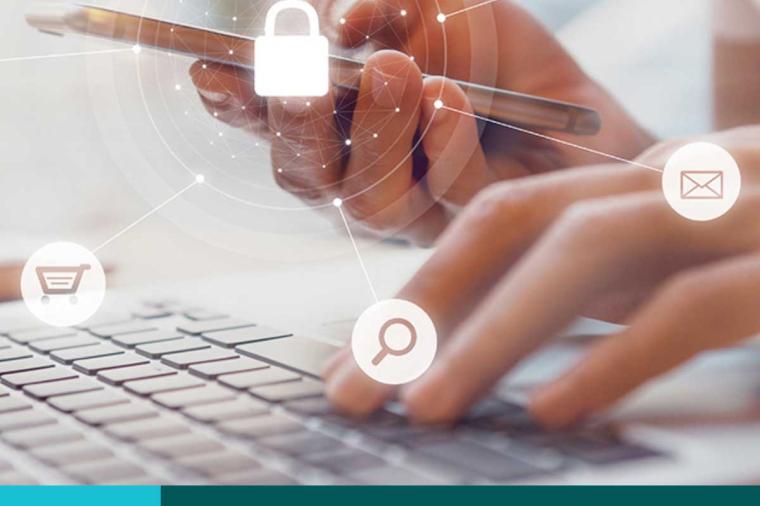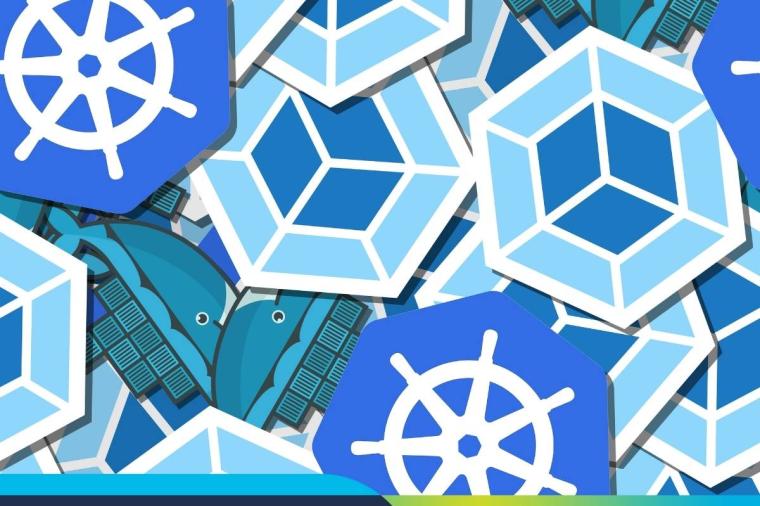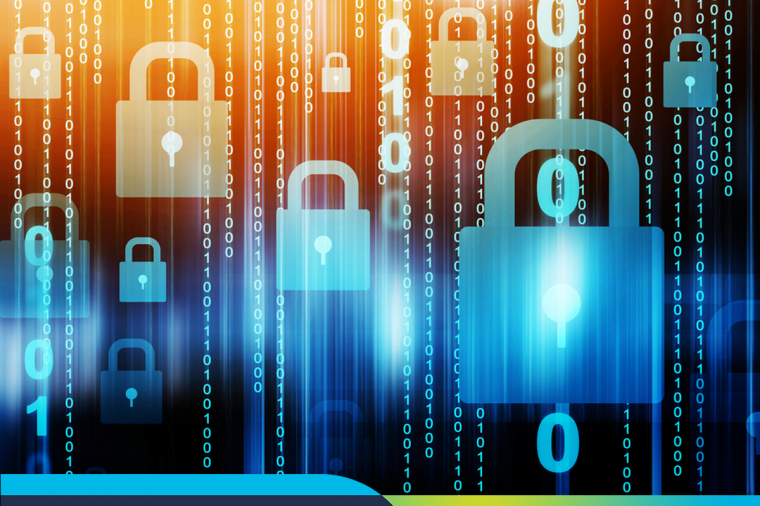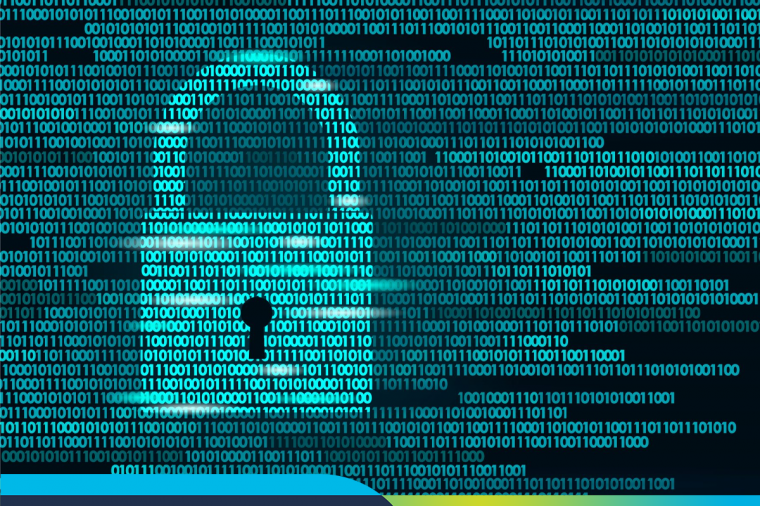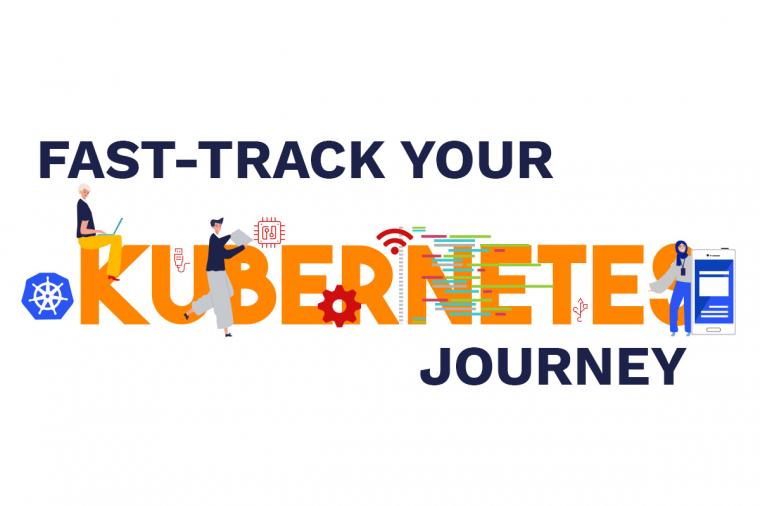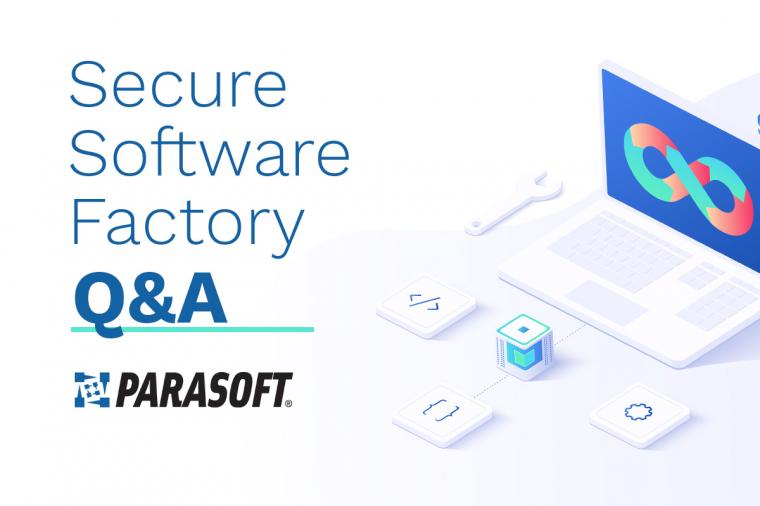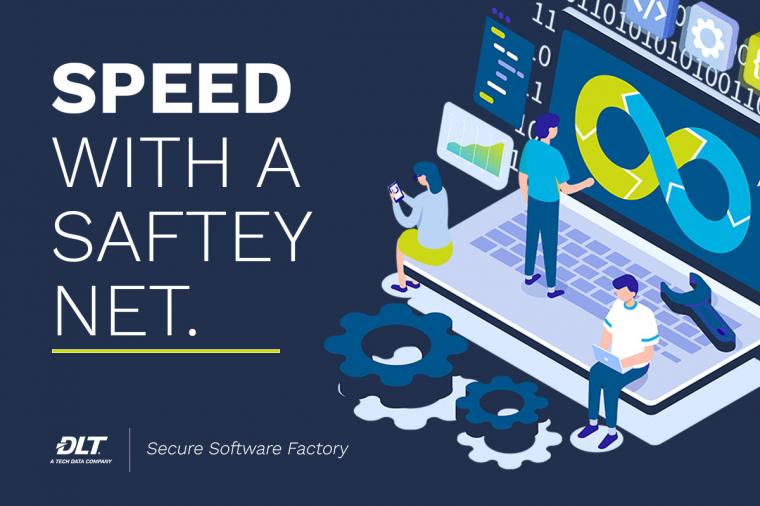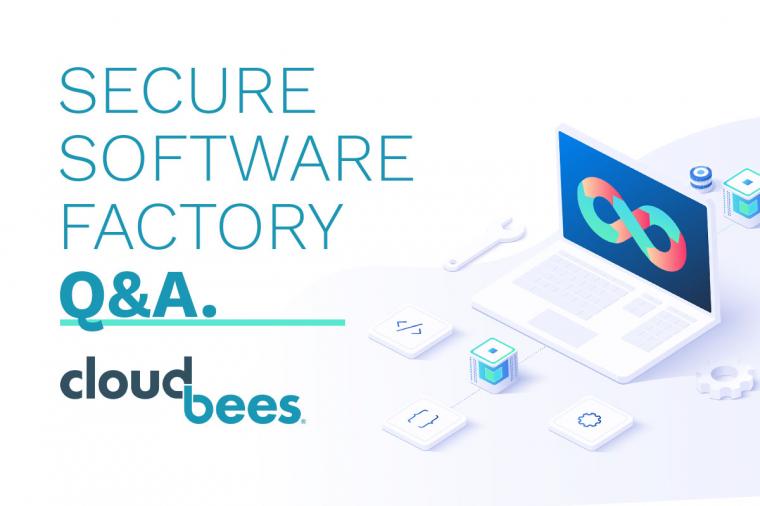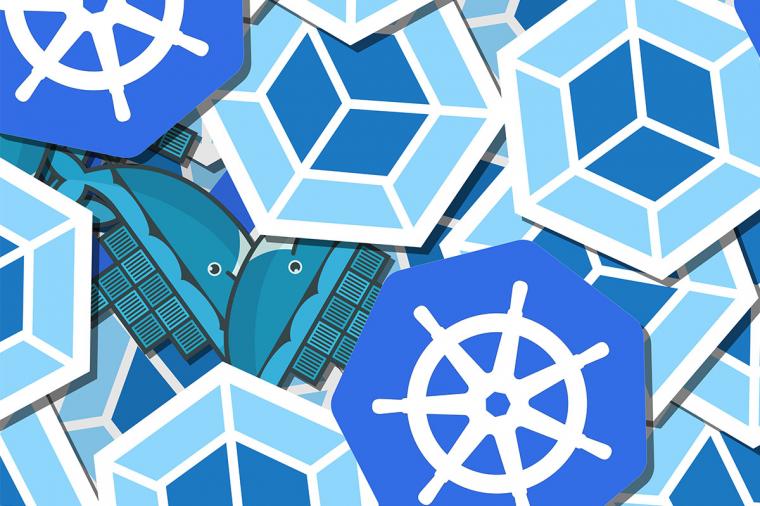Digital Transformation, Modernization, and…Your Health?

Article originally posted to the GovDevSecOpsHub here.
The recent passing of my mother and a health scare with my mother-in-law caused me to reflect upon my current health. I realized that the habits formed when my body was younger had caught up to my older self, and that I needed to make changes now to ensure a healthy and productive future and avoid being a burden to my children as I age. I convinced my wife to join me on a journey to wellness, and together we developed a plan.
As we made decisions and moved into a new way of living, I recognized the similarities between our health transformation and the digital transformation/modernization efforts being pursued by Public Sector agencies. Here is how they’re similar:
There are no quick fixes.
It’s important to choose the right diet plan. A plan that claims to “lose 20 pounds in 20 days” is typically not sustainable over the long term. Likewise, it’s important for Public Sector agencies to carefully consider their technology choices.
Purchasing a one-stop, one-vendor solution for automation, development, deployment, etc. can backfire, resulting in no real benefits after years of struggle. Being adaptable to change, recognizing poor results early, and making appropriate adjustments is a better long term approach to better health – both of our bodies and our systems. Setbacks are inevitable but using them as learning experiences is a good way to adjust going forward.
Provide a platform that allows each role the best chance of success in meeting goals.
My wife and I played different roles that were both crucial to our success. My wife shopped and cooked; I cleaned up the mess. Both of our roles were facilitated by our recently remodeled kitchen that provided lots of counter space for meal prep and a deep sink and sturdy dishwasher to aid in the clean-up. Our kitchen platform made meal times enjoyable and productive from start to finish.
Similarly, providing DevSecOps teams with a platform that supports the latest enterprise-grade automation capabilities can help them quickly prepare and deploy more efficient, hygienically secure workloads. This foundation also gives teams the flexibility to produce higher quality results.
Don’t let bad ingredients into your kitchen (or your systems).
Reading labels and selecting the freshest produce became very important for our new way of cooking. The same concept applies to application components.
It’s important to know their origins and any potential vulnerabilities associated with their dependencies, whether a third party or open source binary or an image layer of a foreign container. Not letting bad ingredients into your kitchen (or your systems) is the best way to ensure success.
Set and measure incremental goals to provide feedback on progress.
As part of our program, my wife and I started walking. First, we walked two miles, then incrementally added more miles as we adjusted to the new activity. The number of miles we walked served as good feedback on our progress.
Testing efforts are much like exercising in that you take your system out for a spin to see how it responds to its new inputs. Testing starts out small, progressing through unit functional, integration, and load testing to ensure the workload conforms to requirements, is resilient to operational conditions, and utilizes platform scalability features correctly so that it is available to end-users.
Producing your applications in smaller workloads, in smaller time increments, also decreases the time it takes to test, and makes defect correction less daunting.
Implement quantitative and qualitative measurements.
After conforming to requirements and completing the first phase of our program (the detox phase), we are now in “production”. We use both quantitative measurements (such as the number on the scale) and qualitative measurements (such as how much energy we feel) to measure our success, keep us on track, and give us a sense of accomplishment.
Measuring software development results follow a similar pattern. Seeing an application providing value to users is satisfying when you have the proper controls and measurements in place to validate service goals. Tools that provide visibility into an application’s performance enables early troubleshooting and continuous improvement, and are essential to the long-term value of an application or service.
In a DevSecOps environment, the enjoyment of providing value is shared among the team and is infectious when done correctly. This enjoyment also gives the team even more energy to take on the next task.
Take a long view and appreciate the journey.
Digital transformations, just like health transformations, are not easy and take long, slow, meticulous steps to achieve. The long view enables day-to-day motivation to keep going, learn lessons, and adjust toward the goal. It’s easy to get frustrated. When I conduct workshops in the Public Sector I frequently notice that developers, system administrators, and other software stakeholders are initially excited by the idea of using modern technologies; however, that excitement often wanes once they realize the long road ahead due to less-than-agile procurement processes.
One thing industry can do to enable the Government’s success is to help procurement officers understand how vital it is to accelerate purchasing activities to that experimentation and continuous learning can commence. Every day that goes by without moving forward is one less day to realize the joy of the journey.
Choose the right technology.
My wife and I faced countless diet plans. After some research, we chose a functional medicine detox program that set us up for long term success. In the digital world, the plethora of technology choices is growing larger every day, and navigating how to select the best options can cause time-wasting paralysis.
Just like finding the right diet plan, finding the right modern framework is important; modern frameworks should be easily integrate-able and highly flexible to take advantage of innovative and disruptive technical advances. The good news is that the current market supports enterprise-grade technologies, and you have access to companies with experienced consultants that can enable your customer’s transformational journey and increase their ability to quickly develop secure software.
Be resilient.
Resiliency in health reveals itself through the ability to fight illness. Resiliency in systems reveals itself through the ability to react to ebbs and flows of requests, to respond quickly, and to protect against potential vulnerabilities. Whether a health journey or a digital journey, the goal is the same: becoming quicker, more efficient, and more resilient. The journey starts with the first step; for organizations struggling to get started with modernization efforts, start small but start something!

